Talking With P.F. Kluge (Micronesia)

When P.F. Kluge (Micronesia 1967-69) finished his Ph.D. he wasn’t sure what would come next. Then, one of his professors at the University of Chicago suggested the Peace Corps. He applied and dreamed of exotic locations, perhaps in North Africa. But he was assigned to Micronesia, a collection of 2,100 tiny islands in the northern Pacific. That assignment turned out to be a life-defining adventure. It was his Walden Pond.
About Kluge’s New Book
WORDMAN is Kluge’s 14th book, his fourth book of nonfiction. According to Kluge it is his most personal book, a memoir told largely through published materials that demonstrate, in real-time, how his career developed. There were lucky accidents, like his Peace Corps assignment to Micronesia, which came to influence his fiction as well as his nonfiction.
In Wordman Kluge offers a behind-the-scenes look at how his books happen, where the ideas come from, what he teaches, what he practices. When he was 12-years-old, it was already evident that Kluge was destined to become a writer, a chronicler of events and a witness to history.
At 12, he produced a handwritten account of his first trip to Europe, a voyage by ship. The document on lined paper and bound by a white satin ribbon that his aunt used to hold the pages together, clearly demonstrated that Kluge, who would later become a contributing editor to National Geographic Traveler, was a writer who was also a traveler.
John asks —
When did you join the Peace Corps? How did it lead to your involvement in the creation of the Federated States of Micronesia?
I joined the Peace Corps in 1967. I had just finished my Ph.D. at the University of Chicago and had no idea what to do next. I applied to the Peace Corps and was sent to Micronesia. And I got lucky. I was assigned to Trust Territory headquarters in Saipan, Mariana Islands. My job was to edit a magazine.
I did not choose Micronesia — the Peace Corps did, but it proved a good choice for me. It was a region in transition. The United States was the most recent of the countries that had acquired control of the Micronesian islands — the Spanish, the Germans, the Japanese and then the United States, which acquired the islands after WWII. Micronesia would be the last of the United Nations’ trusteeships.
When I left Micronesia in 1969, it was apparent to me that I wanted to return. I hoped to participate in the changes that might lead to an on-going relationship with the U.S.
I returned in 1971 for a visit. Then a few years later, in 1975, asking if I could come to Saipan where I was to become a director of the Constitutional Convention that created the Federated States of Micronesia (FSM), a new relationship with the United States.
One of the things I am most proud of is my contribution to the FSM constitution. I wrote the Preamble. And, for a while those words were a sort of Pledge of Allegiance recited by school children.
What are the islands like?
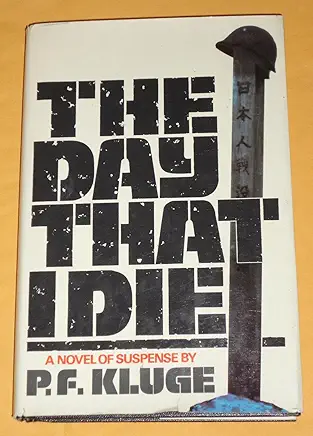
The Day that I Die
It is a territory of tiny islands (thus, Micronesia) that cover an ocean space about the size of the United States, but has a combined land area about half the size of Rhode Island. There are a dozen languages, vastly different cultural and ethnic backgrounds. For me, it is endlessly interesting.

The Master Blaster
My first novel, The Day That I Die (1976), was set in Micronesia. Another novel, The Master Blaster (2012), is set on my Peace Corps island of Saipan. It is a novel of suspense.
Where are your other books set?
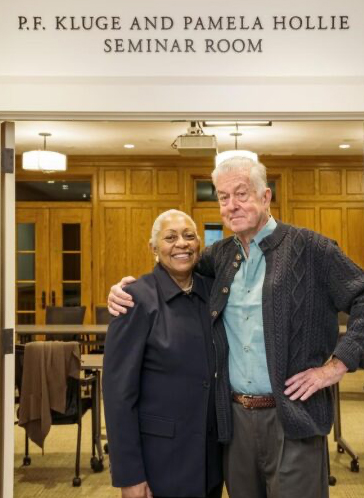
Kenyon College
My wife, Pamela Hollie, who was a New York Times foreign correspondent, lived in Manila, Philippines in the 1980’s when Ferdinand Marcos was President. She returned several years later for The Asia Foundation, when Fidel Ramos was President, and spent an additional five years as a TAF (Terminal Area Forecast) representative to the Philippines and Pacific Island Nations. This was my chance to get to know another country well.

Season for War
The result was three Philippine novels that cove about 100 years of U.S. engagement. The first novel, Season for War (1984), is about the Black soldiers, who had fought in the U.S. Indian campaigns and then in the Spanish American War and were sent to the Philippines. MacArthur’s Ghost (1987) is about World War II and the defense of the hundreds of Philippine islands from Japanese invasion. And, Biggest Elvis (1996) is about the end of the U.S.-Philippine military partnership that once supported two large American bases.
I also write about New Jersey, my home state. Eddie and the Cruisers, which became two films, is a music novel. It was my second book, published in 1980 and still gets me the most mail. I’ve discovered that the story of a group of young musicians in Jersey remains more popular than I’d ever imagined.
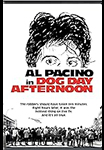
Dog Day Afternoon
There is another film, Dog Day Afternoon, which was not a book. It was a Life magazine article with the headline The Boys in the Bank. I was working for Life, and was on assignment in California, when a bank robbery was taking place in Brooklyn. The robbery was televised. There was a crowd on the street. It was a hot day. The robbery became an event. And, the editors at Life made the unusual decision to assign a writer to do a story. As I understood it, the call came to me because, despite a building full of writers, there were very few who could do a journalistic story. I was in Los Angeles. I caught a plane and got to New York after the robbery was over and one of the robbers was dead.
Dog Day Afternoon, starring Al Pacino, is still a popular film and is soon to be a Broadway play (it’s been optioned to Warner Brothers’ theatrical). I owe this to luck and good friends, one of whom was a lawyer. He suggested that we buy the rights to the Life story at a time when I assumed it was not possible to own real life. I was wrong.
And I write about education. And, Kenyon College, where I was a student and later the Writer-in Residence, is often an inspiration. Final Exam (2003) reflects
life on a college campus when things go wrong, and Alma Mater: A College Home Coming (1995), is about how things actually work. It is a nonfiction account of a year in the life of Kenyon College. It is the only book that made me nervous, since it reports the success, as well as the failures, of the liberal arts. It was controversial and created lots of tension at first. But now, the book is quoted widely and I was praised in The New York Times for writing one of a very few books that is about the challenges to liberal arts education.
What inspires your books?
Every writer has at least a few stories, and maybe some questions they seek to answer. Sometimes an event, like a death, compels you to take a hard look at your past, at events and relationships, consequences and one’s actions. I knew Lazarus Salii, a Palauan politician, from my years in the Peace Corps years (1967-69) in Saipan, Mariana Islands. He was talented, intelligent. When I returned to Micronesia in 1975 as a director of the Constitutional Convention that created the Federated States of Micronesia, he was one of the delegates. He would become the President of Palau. And, he would kill himself. It was a loss that I discovered one day when I picked up The New York Times while on vacation.
It was a loss that I needed to examine. And that examination led to the nonfiction book, The Edge of Paradise (1991) published by Random House. It is an account of a place and a people. It is a book that not only has meaning for me. It has become evidence that this tiny island nation, The Republic of Palau, has a challenge – to demonstrate that a small nation in the Pacific can succeed as a nation, as a Pacific leader. That it is a place that matters.
The book still sells well, largely because it is a historical marker and reveals a great deal about Palau and its people. And, I am pleased that in Palau, it is a book that resonates. On a recent trip, I took a boat to the island of Peleliu where I met with the governor, Emmy Shmull. During the meeting, he paused and reached into his desk drawer. He pulled out a copy of The Edge of Paradise.
When you started the book, WORDMAN, what did you want to write? Is it a look back at your career?
The latest book, WORDMAN, was the result of an attempt to organize my home office when I retired. There were lots of files and documents, first drafts, contracts. As we reviewed the material it became clear that there was a personal story there — beginning with a 12-year-old’s first foreign trip. The documents revealed in real-time what I was thinking. The files were a glimpse of my career as a writer. As we sorted through the papers, I discovered a story there, one that did not require that I recall my experience. It was already written.
Because the structure of WORDMAN owes a great deal to the way documents fit together, there are gaps, lots of them. But the arc of a career is there and is outlined with nice pictures on my website – pfkluge.com
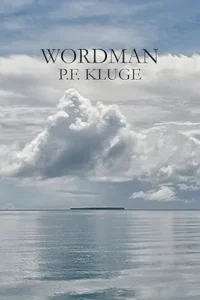
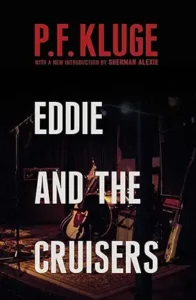
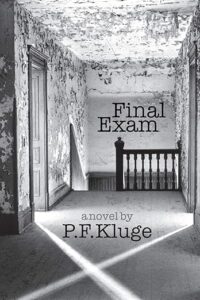
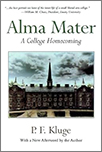
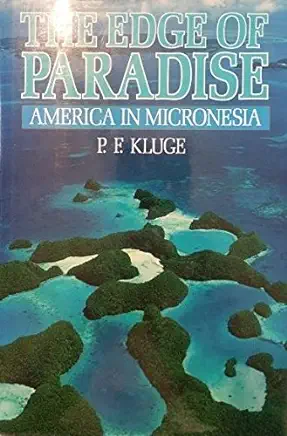
No comments yet.
Add your comment